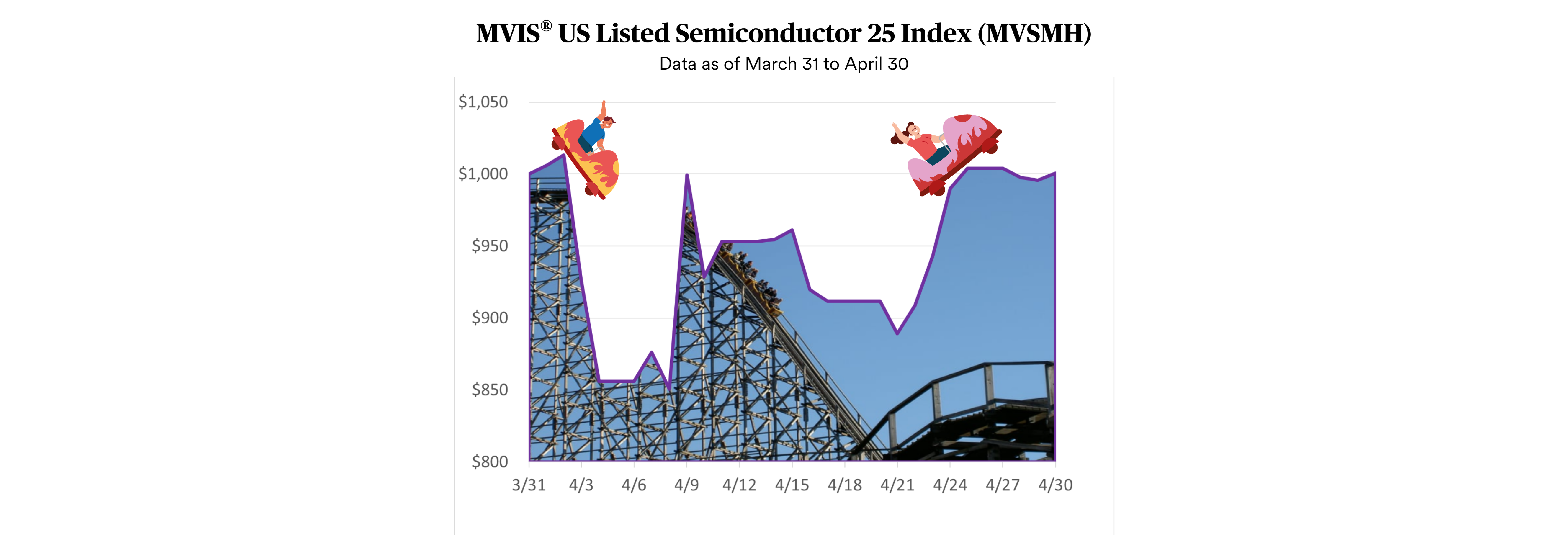It’s one of the most anticipated crypto event of 2022. The Merge will see Ethereum move from the energy-intensive Proof-of-Work (PoW) consensus mechanism to a more efficient Proof-of-Stake system. It is not expected to reduce Ethereum's fees and slow transaction speeds, but it will have a significant impact on the network's energy use.
However, some miners of the current Ethereum chain have a different view. Ethereum mining is a multi-billion dollar industry, generating hundreds of millions of dollars in revenue (sometimes billions) to hardware miners every month. After the Merge, the mining hardware will be useless. There will be a fight to keep this business alive. The ETH miners will protest the Merge by forking into the new ETHPoW chain that retains PoW validation.
No one can be sure how to value this new hard fork. But chances are the value will be greater than zero. Expect huge volatility at the beginning. It is likely that there will be initial selling pressure as a lot of traders will want to monetize their new ETHPoW coins. Generally speaking, nearly every smart contract on the PoW fork will be broken in some capacity. The idea that a fork with PoW consensus could be useful if the Merge fails is also wrong. It would just delay the process until the problems are fixed and with the Merge following a few weeks later.
This topic is explored in some more detail in an article published in our MVIS Insights of “The Ethereum Proof-of-Work fork: Free money?”.
Get the latest news & insights from MarketVector
Get the newsletterRelated:
About the Author:
Martin Leinweber is an expert in fundamental and quantitative trading strategies. He sees cryptoassets as a fundamental building block for investors to achieve their return targets in a low interest rate environment. He works as a Digital Asset Product Strategist at MarketVector Indexes providing thought leadership in an emerging asset class. His role encompasses product development, research and the communication with the client base of MarketVector Indexes. Prior to joining MarketVector Indexes, he worked as a portfolio manager for equities, fixed income and alternative investments for almost two decades. He was responsible for the management of active funds for institutional investors such as insurance companies, pension funds and sovereign wealth funds at the leading German quantitative asset manager Quoniam. Previously, he held various positions at one of Germany's largest asset managers, MEAG, the asset manager of Munich Re and ERGO. Among other things, he contributed his expertise and international experience to the establishment of a joint venture with the largest Chinese insurance company PICC in Shanghai and Bejing. Martin Leinweber is co-author of „Asset-Allokation mit Kryptoassets. Das Handbuch“ (Wiley Finance, 2021). It’s the first handbook about integrating digital assets into traditional portfolios. He has a Master in Economics from the University of Hohenheim and is a CFA Charterholder.
For informational and advertising purposes only. The views and opinions expressed are those of the authors but not necessarily those of MarketVector Indexes GmbH. Opinions are current as of the publication date and are subject to change with market conditions. Certain statements contained herein may constitute projections, forecasts and other forward looking statements, which do not reflect actual results. It is not possible to invest directly in an index. Exposure to an asset class represented by an index is available through investable instruments based on that index. MarketVector Indexes GmbH does not sponsor, endorse, sell, promote or manage any investment fund or other investment vehicle that is offered by third parties and that seeks to provide an investment return based on the performance of any index. Inclusion of a security within an index is not a recommendation by MarketVector Indexes GmbH to buy, sell, or hold such security, nor is it considered to be investment advice.




